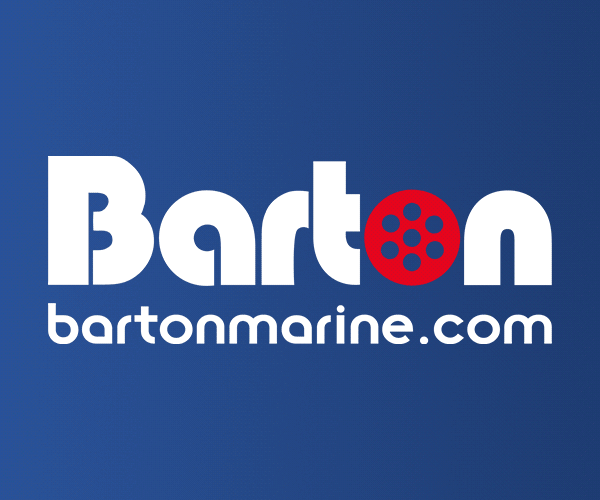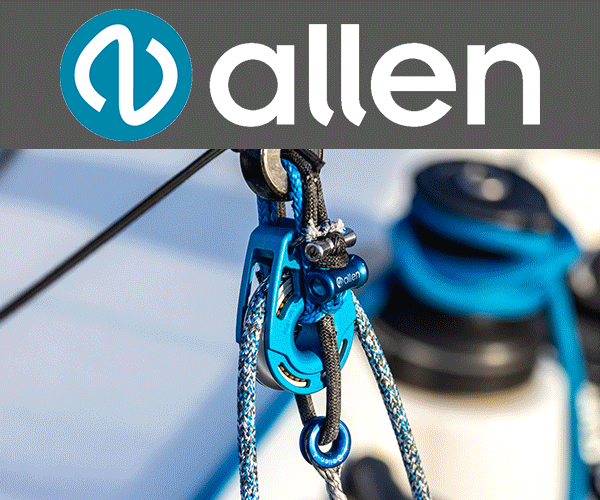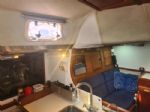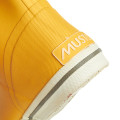


-(1)-202408140552.gif)








Boats for sale
| Rossiter Pintail Mortagne sur Gironde, near Bordeaux |
 |
| Free mast for Merlin Rocket - has a bend! Guildford |
 |
| Bruce Roberts classic 45 Valencia, Spain |
 |
List classes of boat for sale |
dial down |
Post Reply 
|
Page <1234> |
| Author | ||
Brass 
Really should get out more 
Joined: 24 Mar 08 Location: Australia Online Status: Offline Posts: 1151 |
 Post Options Post Options
 Quote Quote  Reply Reply
 Topic: dial down Topic: dial downPosted: 16 Sep 13 at 1:37pm |
|
While all the rest of the fleet go thundering past? Engaging just one other boat in a handicap race is very rarely a good idea.
|
||
 |
||
Brass 
Really should get out more 
Joined: 24 Mar 08 Location: Australia Online Status: Offline Posts: 1151 |
 Post Options Post Options
 Quote Quote  Reply Reply
 Posted: 16 Sep 13 at 1:41pm Posted: 16 Sep 13 at 1:41pm |
|
The rules don't actually forbid the dial-down, and the TR RR Call Gordon cited points out that once boats are beam-reacing towards one another, even rule 16.2 (which is NOT switched off for Team Racing), won't apply. The rules just make boats initiate the dial-down a bit further apart, and in the case of MR damp down how far and how fast the initiating boat can go.
|
||
 |
||
yellowwelly 
Really should get out more 

Joined: 24 May 13 Online Status: Offline Posts: 2003 |
 Post Options Post Options
 Quote Quote  Reply Reply
 Posted: 16 Sep 13 at 2:11pm Posted: 16 Sep 13 at 2:11pm |
|
I can think of situations where it could be a good idea, especially if you are bringing series points into the equation- forcing your opposition down the pan even further, whilst maintaining your 'good result' on corrected time might be a play worth considering. But thanks for the clarity- much appreciated.
|
||
 |
||
JimC 
Really should get out more 

Joined: 17 May 04 Location: United Kingdom Online Status: Offline Posts: 6662 |
 Post Options Post Options
 Quote Quote  Reply Reply
 Posted: 16 Sep 13 at 2:36pm Posted: 16 Sep 13 at 2:36pm |
|
|
Now suppose that Stbd has "dialed down" at some distance, and then ports luffs up so that they are now going to clear starboards bow. I suspect 16.2 comes into play again and there could be circumstances where S ends up having sailed themselves into ducking port...
There's never been any great shortage of amateur lawyers when it comes to RRS... Edited by JimC - 16 Sep 13 at 2:38pm |
||
 |
||
yellowwelly 
Really should get out more 

Joined: 24 May 13 Online Status: Offline Posts: 2003 |
 Post Options Post Options
 Quote Quote  Reply Reply
 Posted: 16 Sep 13 at 2:38pm Posted: 16 Sep 13 at 2:38pm |
|
certainly a feasible scenario... especially on a shifty puddle.
 |
||
 |
||
Brass 
Really should get out more 
Joined: 24 Mar 08 Location: Australia Online Status: Offline Posts: 1151 |
 Post Options Post Options
 Quote Quote  Reply Reply
 Posted: 16 Sep 13 at 3:05pm Posted: 16 Sep 13 at 3:05pm |
|
Once P is no longer 'keeping clear by sailing to pass astern of S', 16.2 goes OFF and its pure 16.1
|
||
 |
||
Brass 
Really should get out more 
Joined: 24 Mar 08 Location: Australia Online Status: Offline Posts: 1151 |
 Post Options Post Options
 Quote Quote  Reply Reply
 Posted: 16 Sep 13 at 3:07pm Posted: 16 Sep 13 at 3:07pm |
|
Love it. But remember, rule 16.2 is only really going to apply when S is deliberately hunting down. S is going to know what they are doing.
|
||
 |
||
gordon 
Really should get out more 
Joined: 07 Sep 04 Online Status: Offline Posts: 1037 |
 Post Options Post Options
 Quote Quote  Reply Reply
 Posted: 16 Sep 13 at 3:07pm Posted: 16 Sep 13 at 3:07pm |
|
|
Jim C - could you explain how port tack luffing to clear starboard's bow could possibly be interpreted as keeping clear by sailing to pass astern! 16.2 cannot apply if port tack boat is crossing a starboard boat's bow.
However in this situation starboard would have to remeber to give port room to keep clear if she (starboard) changes course. I always suggest that on a two (or more) handed boat that one person should always be saying whether boat is ROW or keep clear... |
||
|
Gordon
|
||
 |
||
JimC 
Really should get out more 

Joined: 17 May 04 Location: United Kingdom Online Status: Offline Posts: 6662 |
 Post Options Post Options
 Quote Quote  Reply Reply
 Posted: 16 Sep 13 at 3:27pm Posted: 16 Sep 13 at 3:27pm |
|
|
Yeah, fair comment, didn't read the rule carefully enough. Just 16.1 applies.
|
||
 |
||
ohFFsake 
Far too distracted from work 
Joined: 04 Sep 08 Location: United Kingdom Online Status: Offline Posts: 219 |
 Post Options Post Options
 Quote Quote  Reply Reply
 Posted: 17 Sep 13 at 7:51pm Posted: 17 Sep 13 at 7:51pm |
|
|
Picking up the OP's point, I'd say that one situation where a dial down can be hugely beneficial, even when sailing in a fleet, is when P is about level with S and likely to make a lee bow tack stick.
If S bears off a bit whilst still a few boat lengths away she speeds up and forces P to tack sooner than they would otherwise have done. As soon as P commits to the tack S resumes their close hauled course and immediately gets separation as well as gaining speed, so instead of being lee-bowed she will now have every chance of rolling the other boat. |
||
 |
||
Post Reply 
|
Page <1234> |
| Forum Jump | Forum Permissions  You cannot post new topics in this forum You cannot reply to topics in this forum You cannot delete your posts in this forum You cannot edit your posts in this forum You cannot create polls in this forum You cannot vote in polls in this forum |
Bulletin Board Software by Web Wiz Forums® version 9.665y
Copyright ©2001-2010 Web Wiz
Change your personal settings, or read our privacy policy
Copyright ©2001-2010 Web Wiz
Change your personal settings, or read our privacy policy











 Printable Version
Printable Version Delicious
Delicious Digg
Digg Facebook
Facebook Furl
Furl Google
Google MySpace
MySpace Newsvine
Newsvine reddit
reddit StumbleUpon
StumbleUpon Twitter
Twitter Windows Live
Windows Live Yahoo Bookmarks
Yahoo Bookmarks Topic Options
Topic Options
